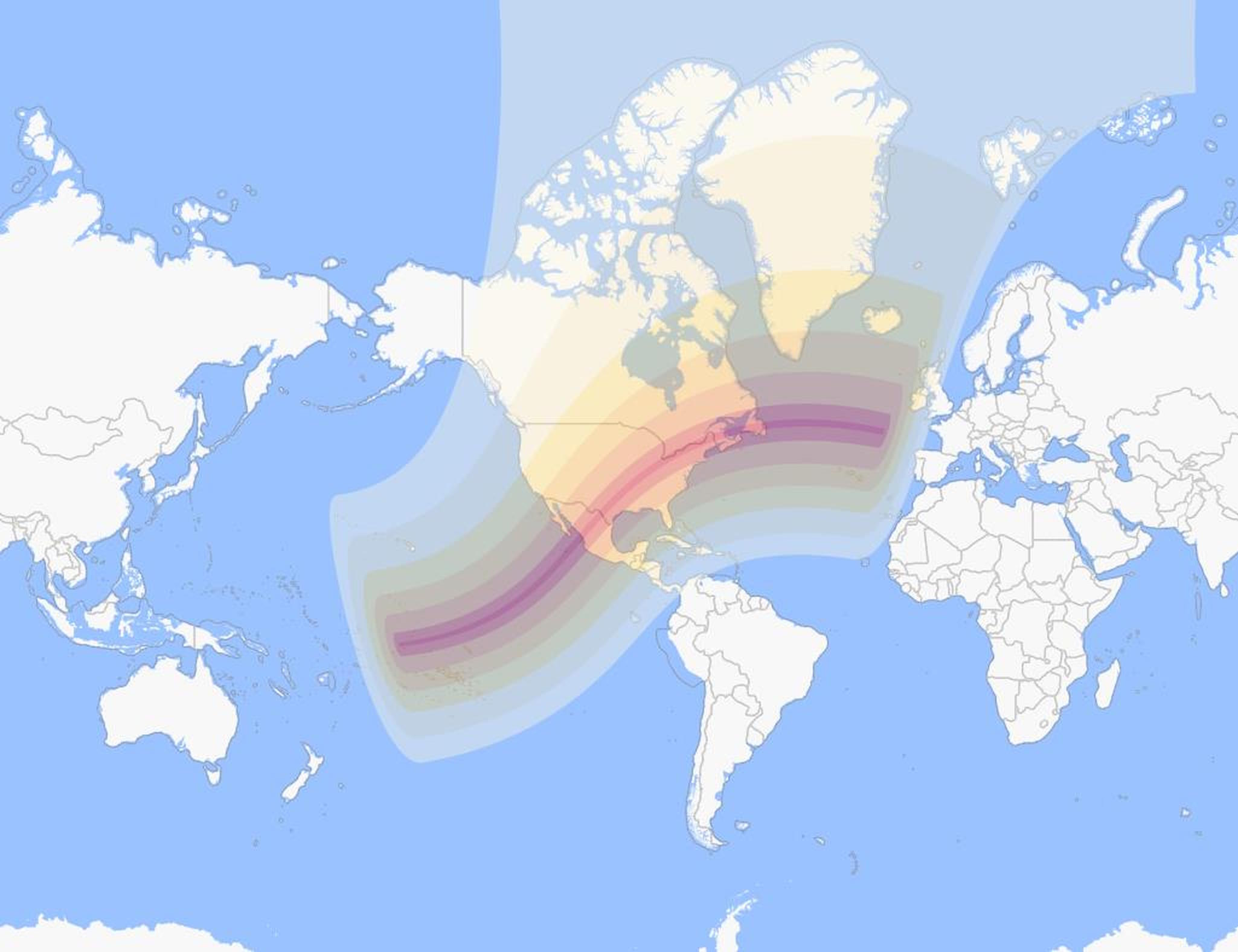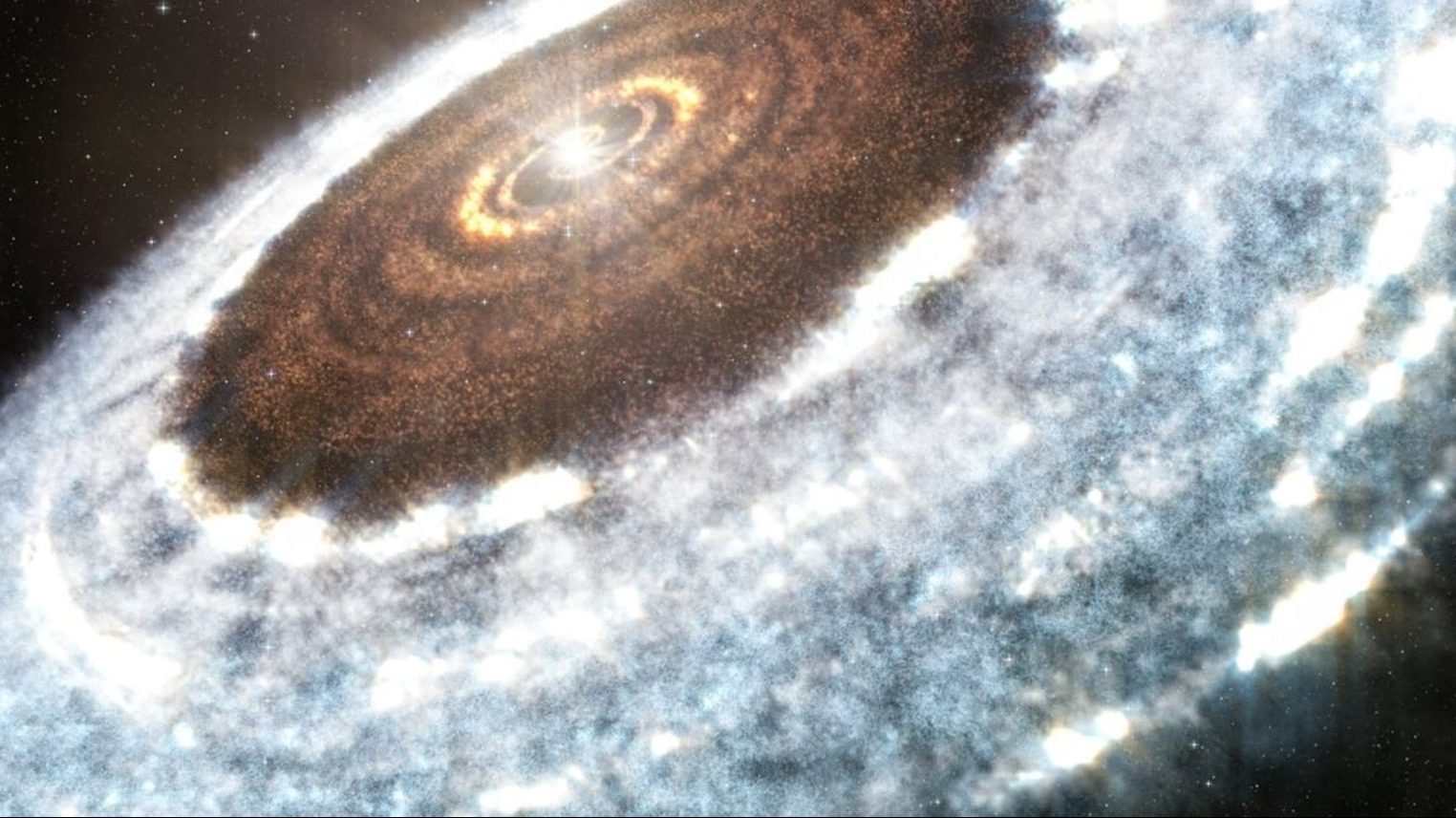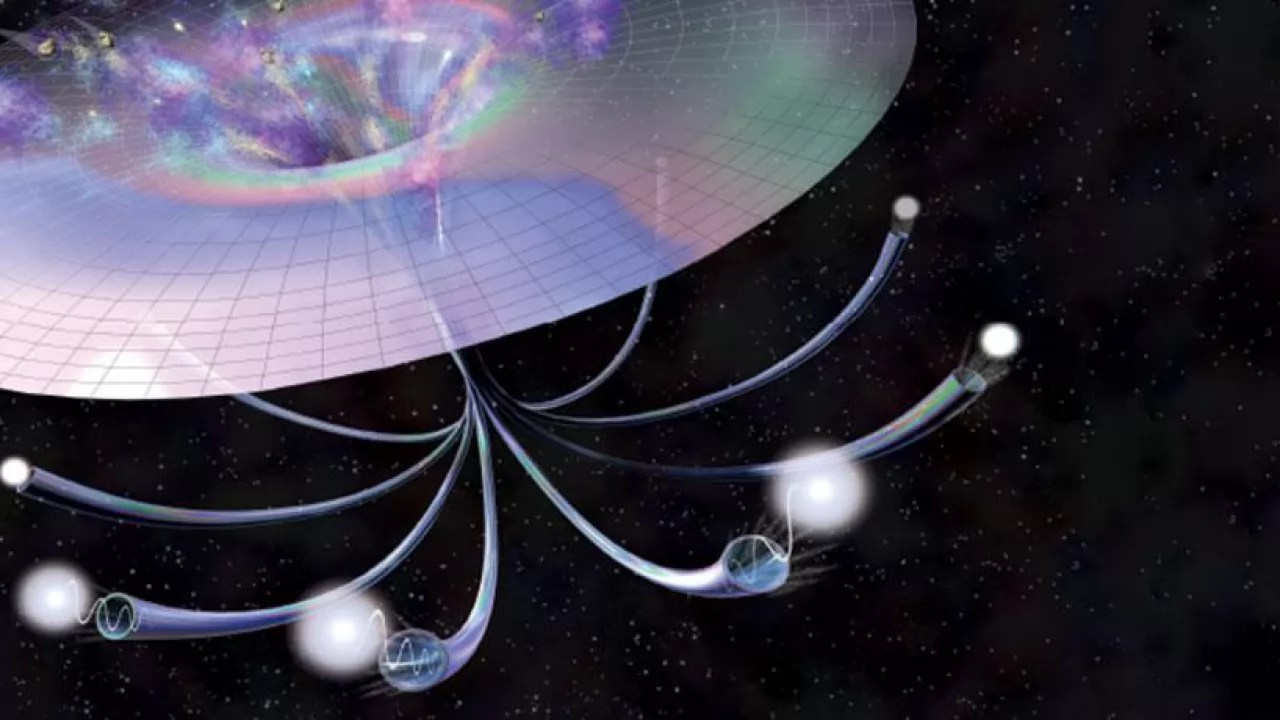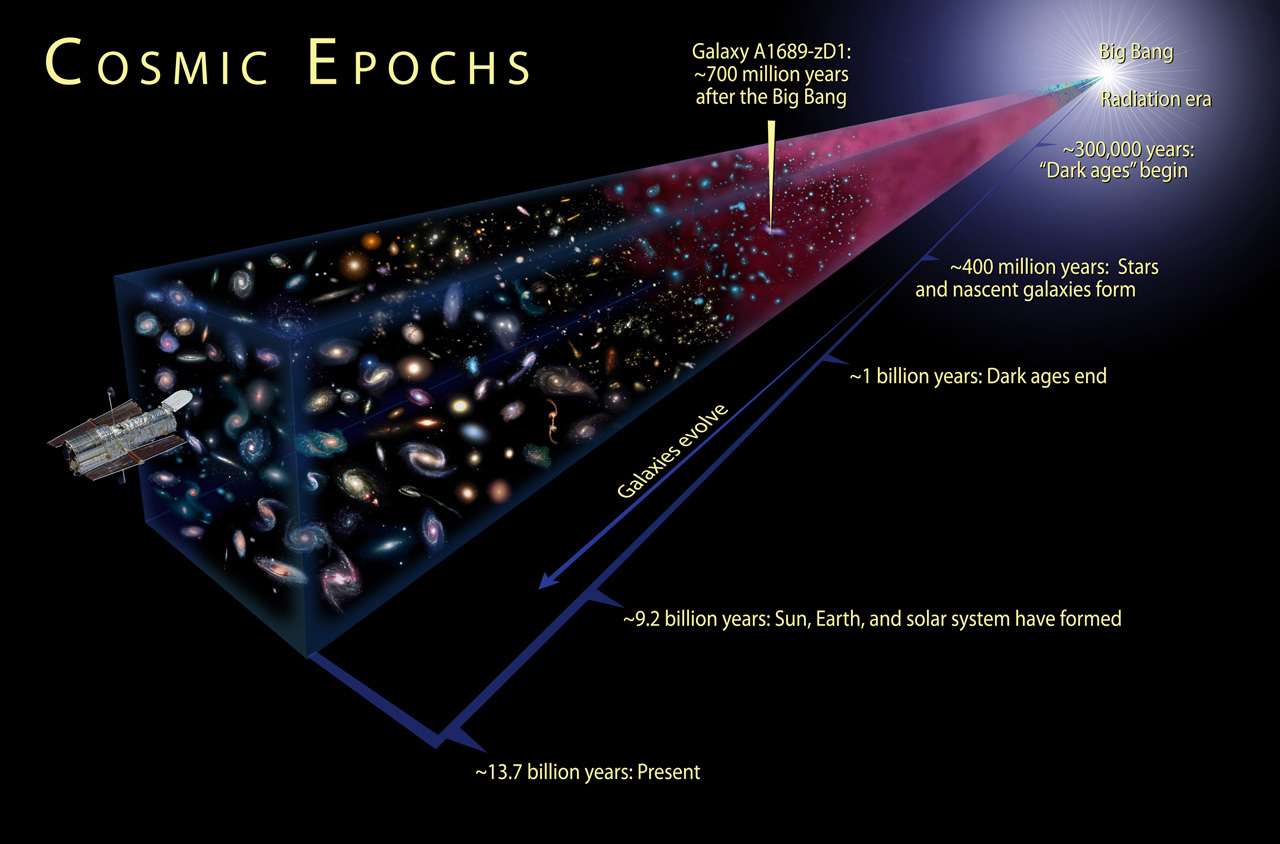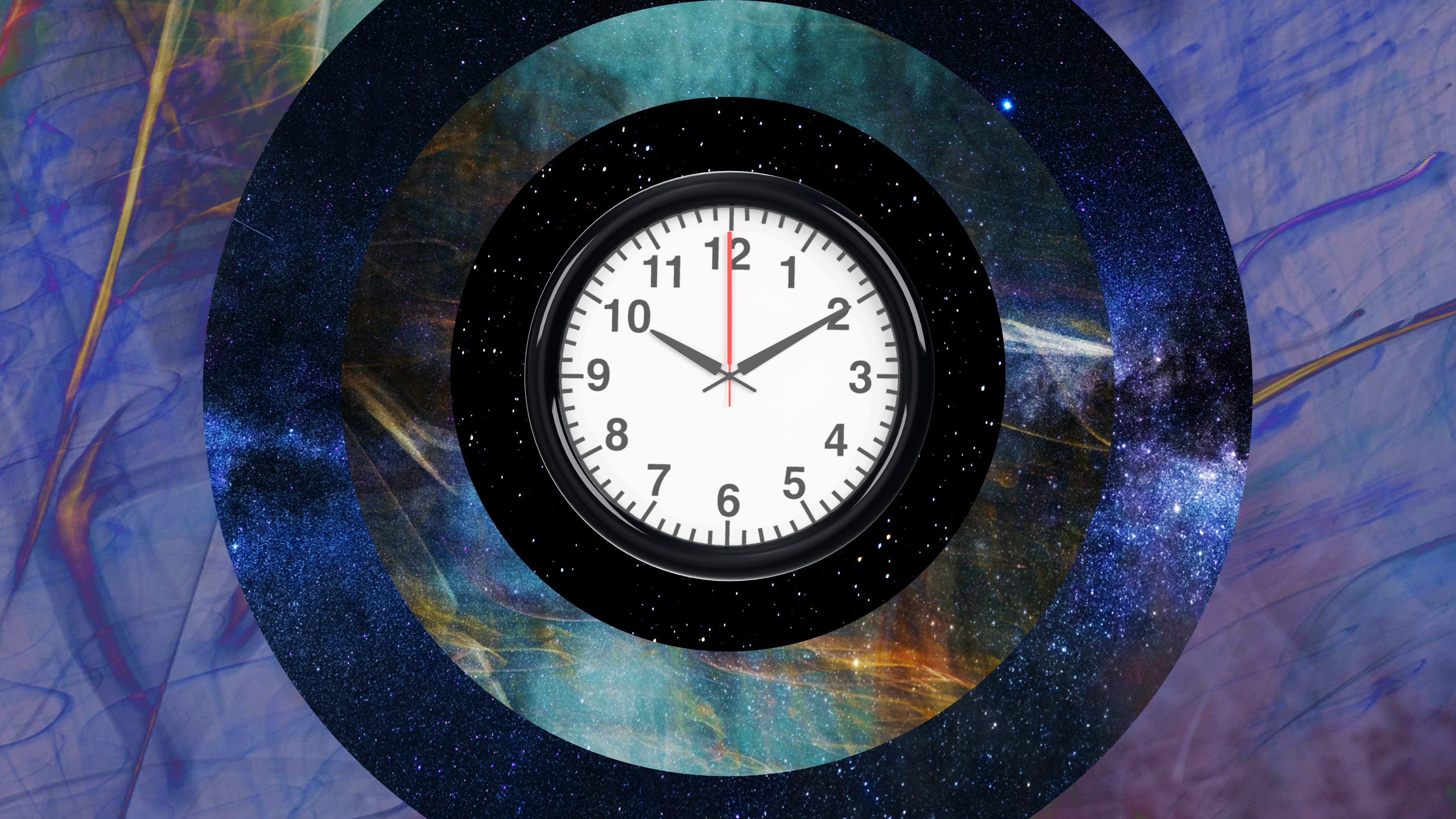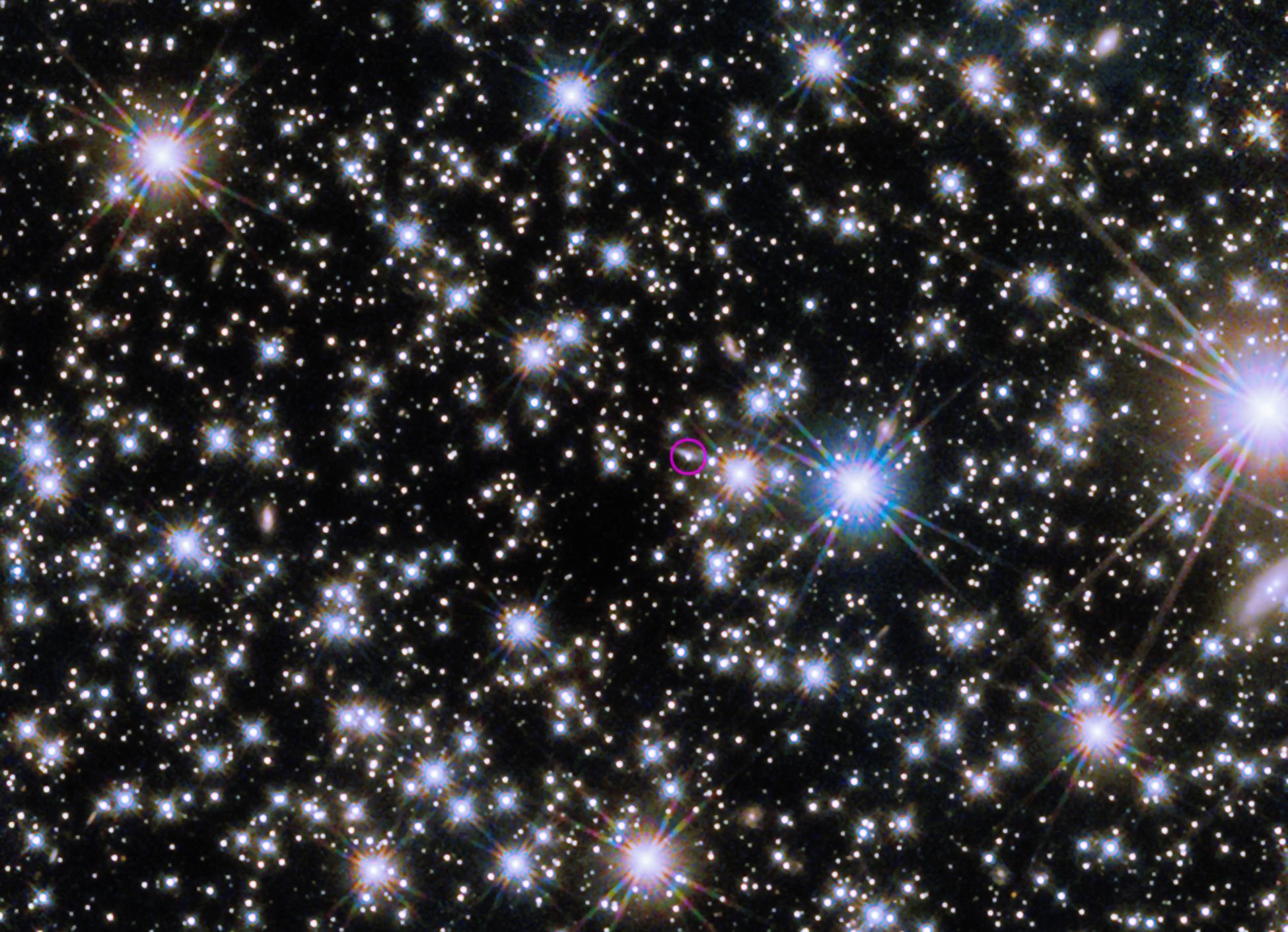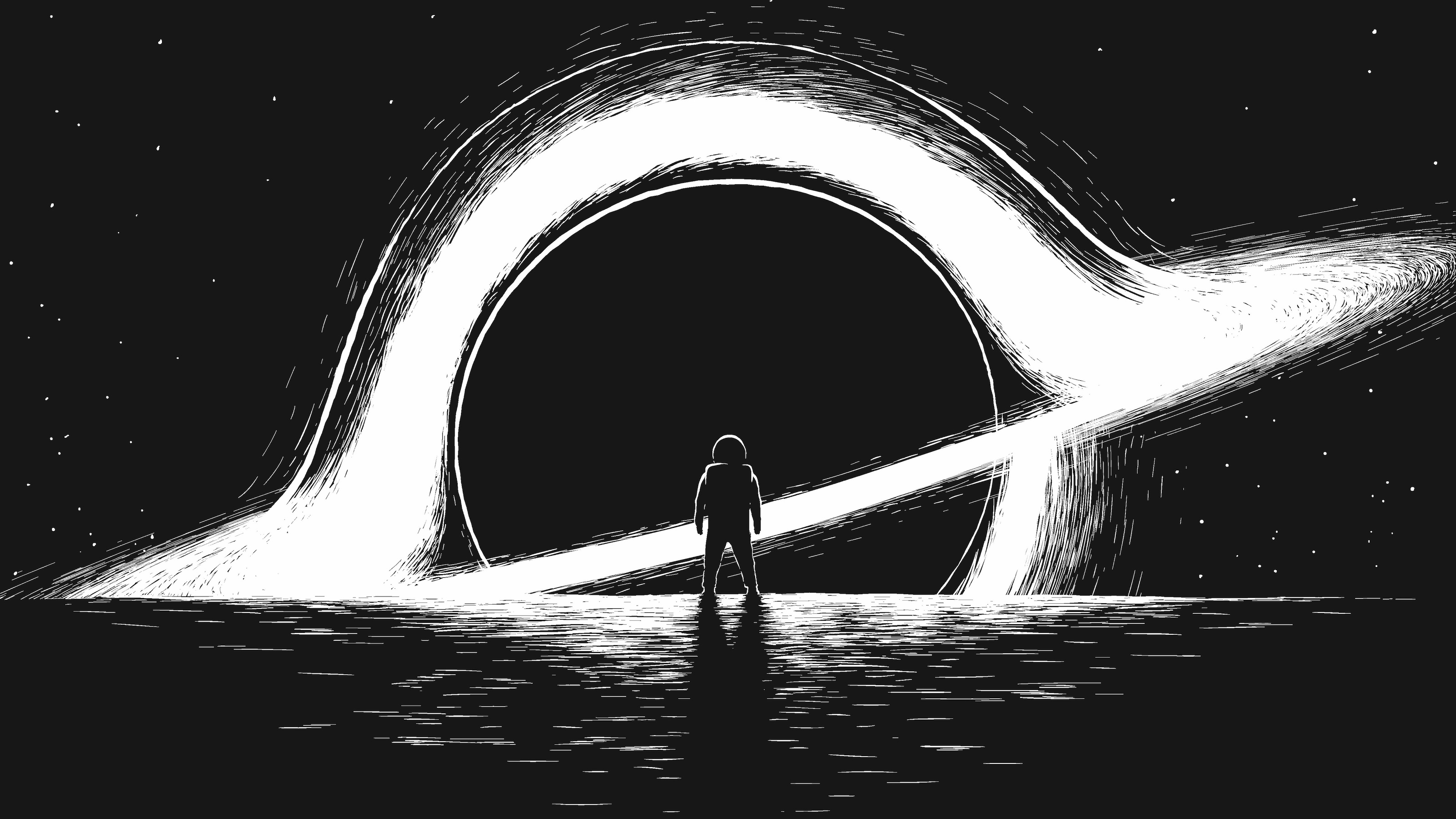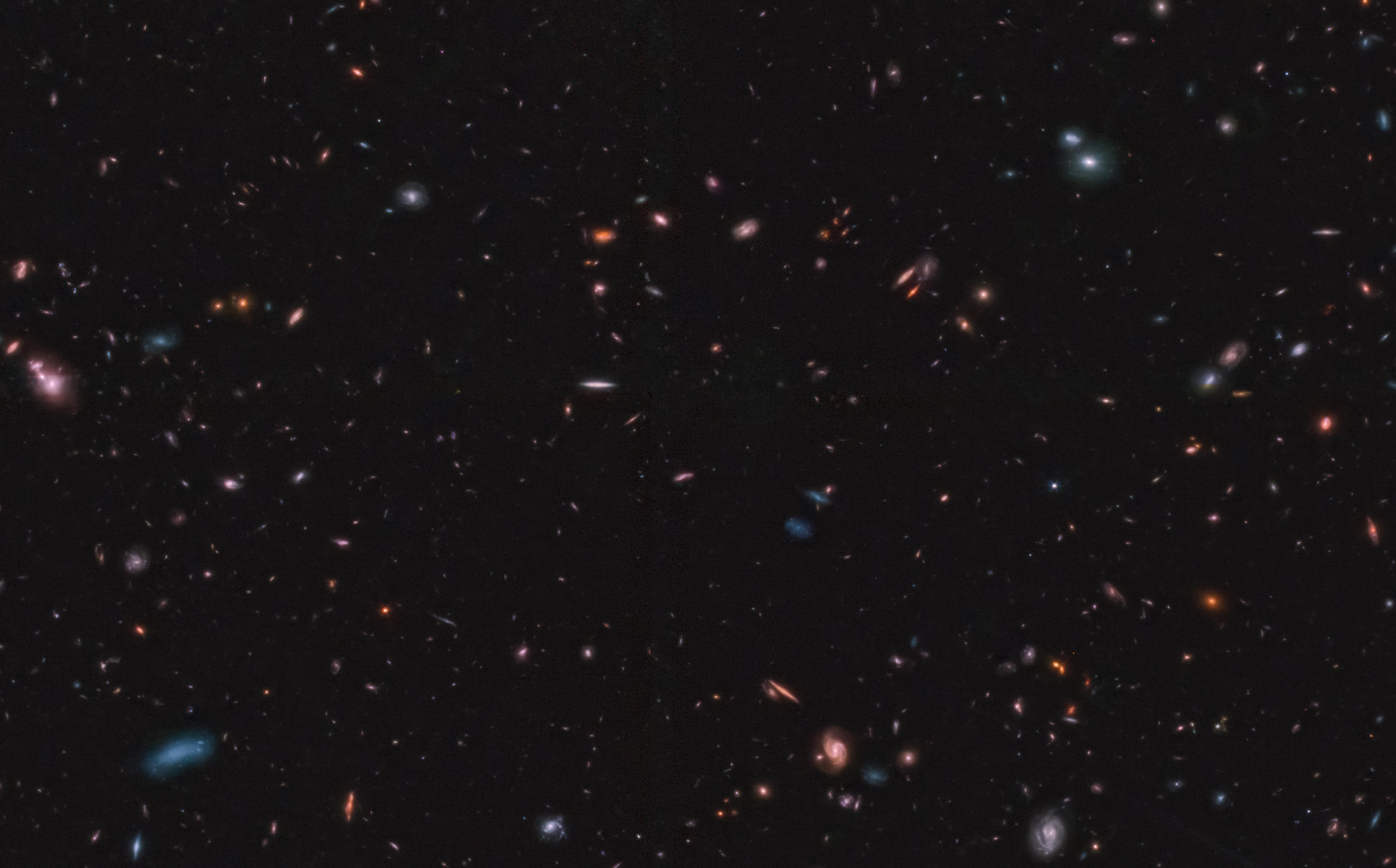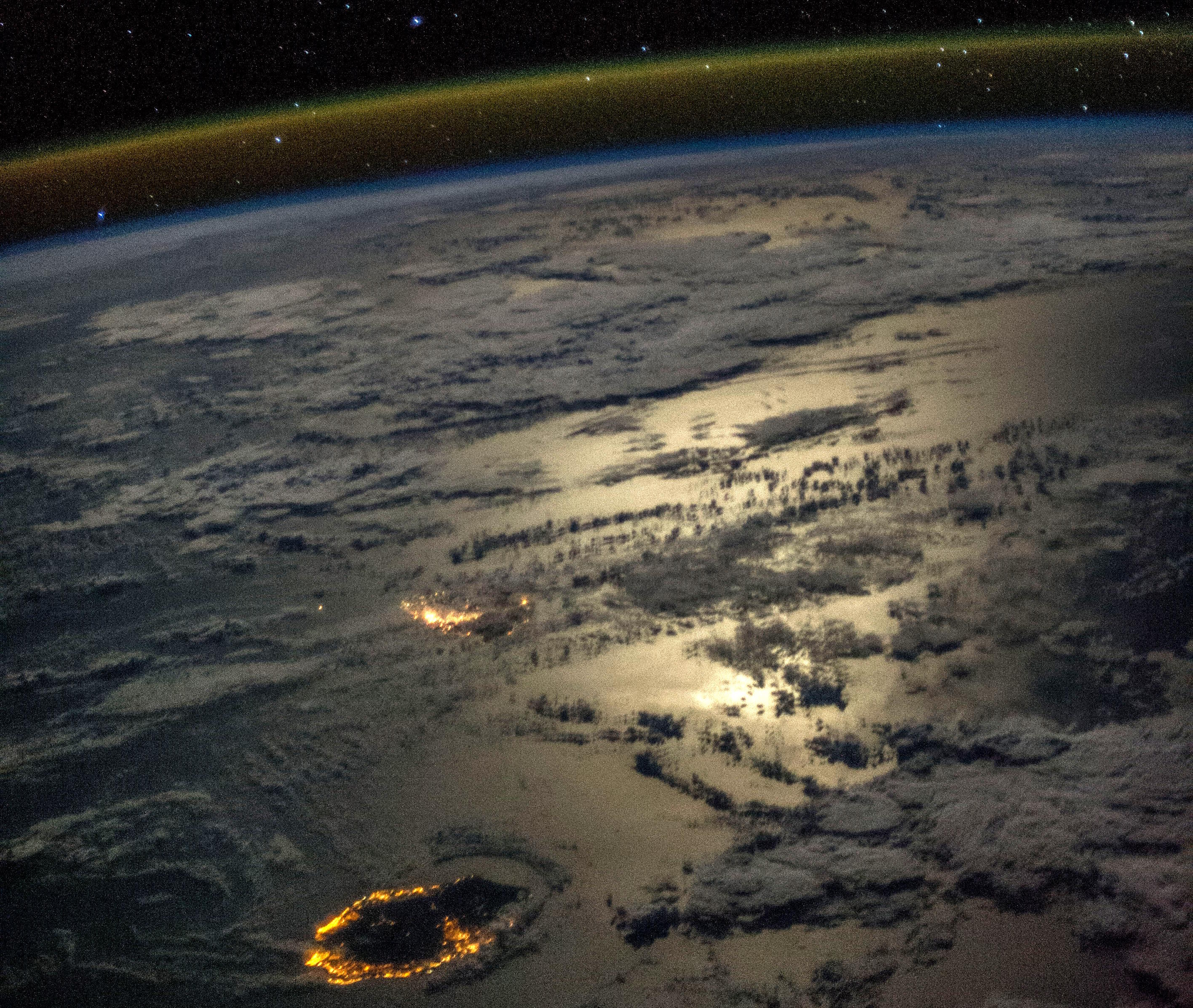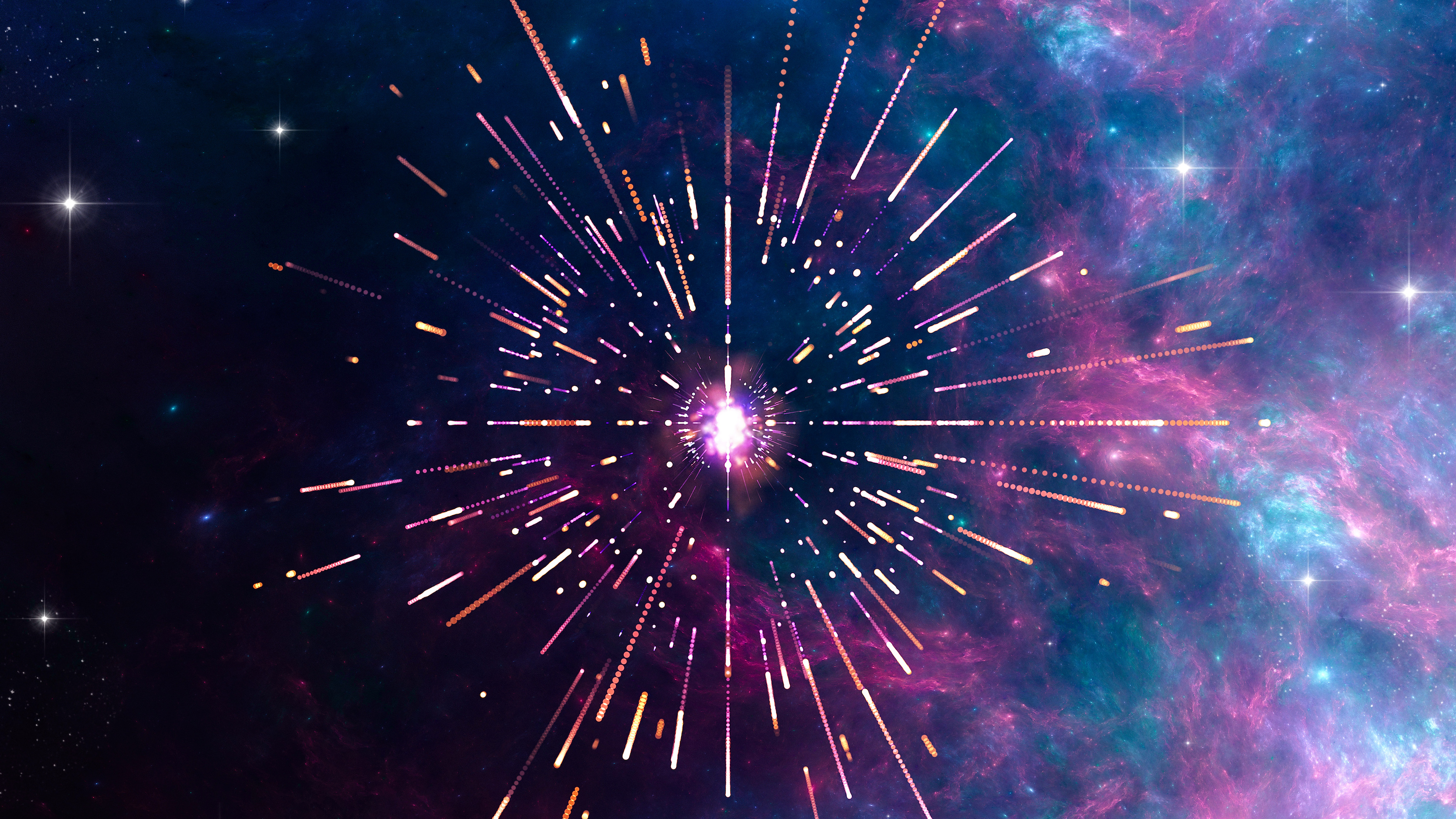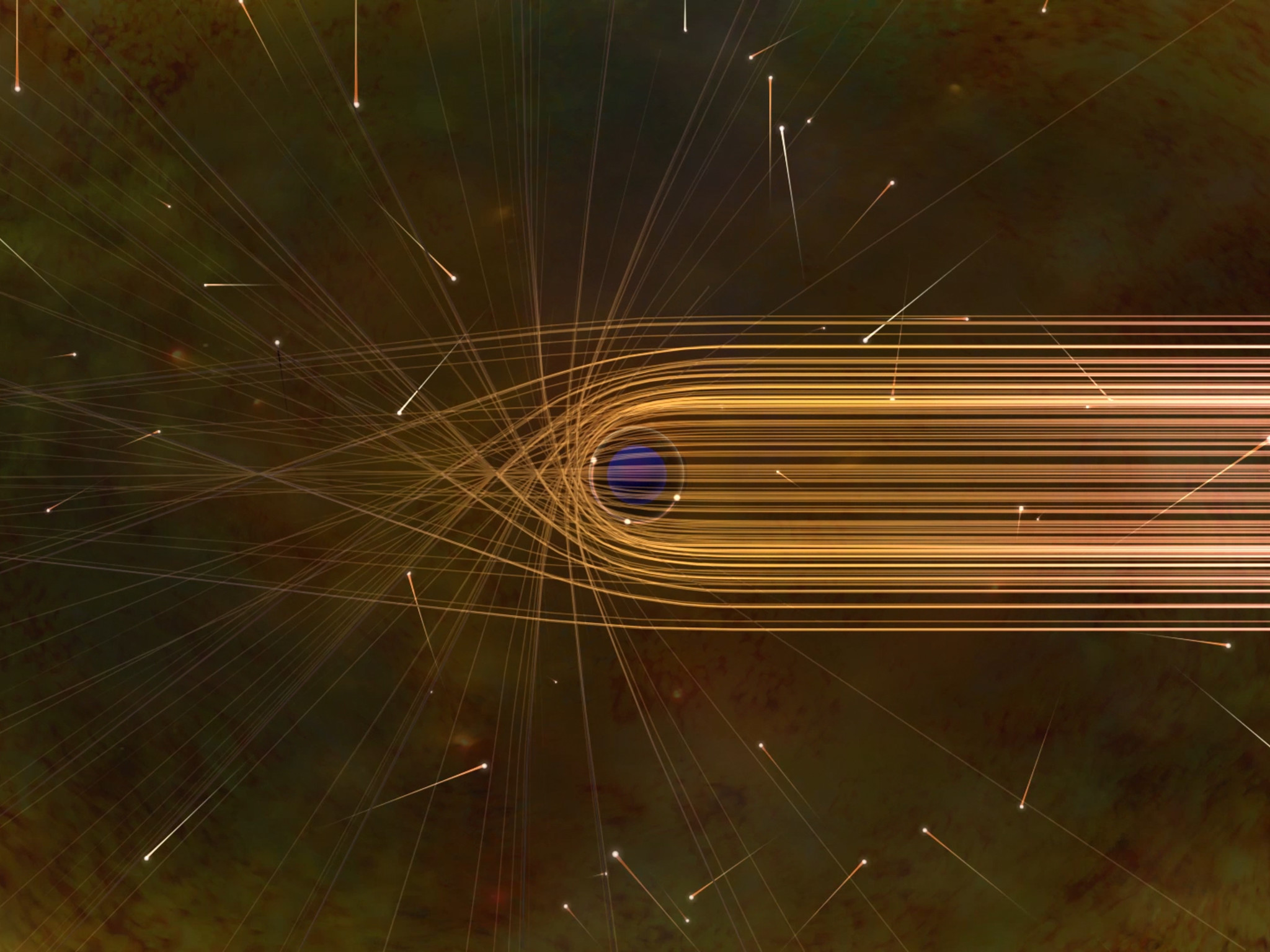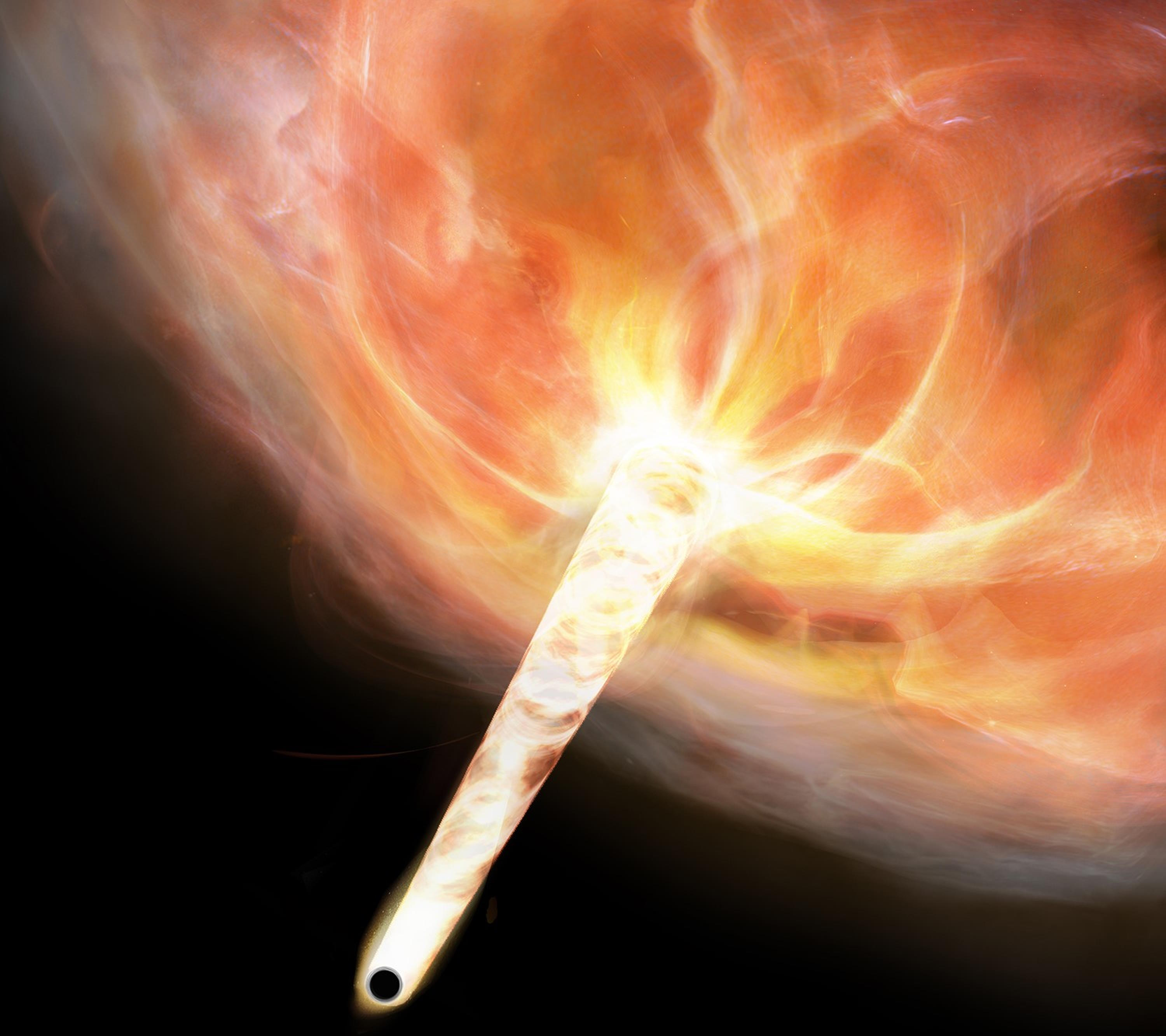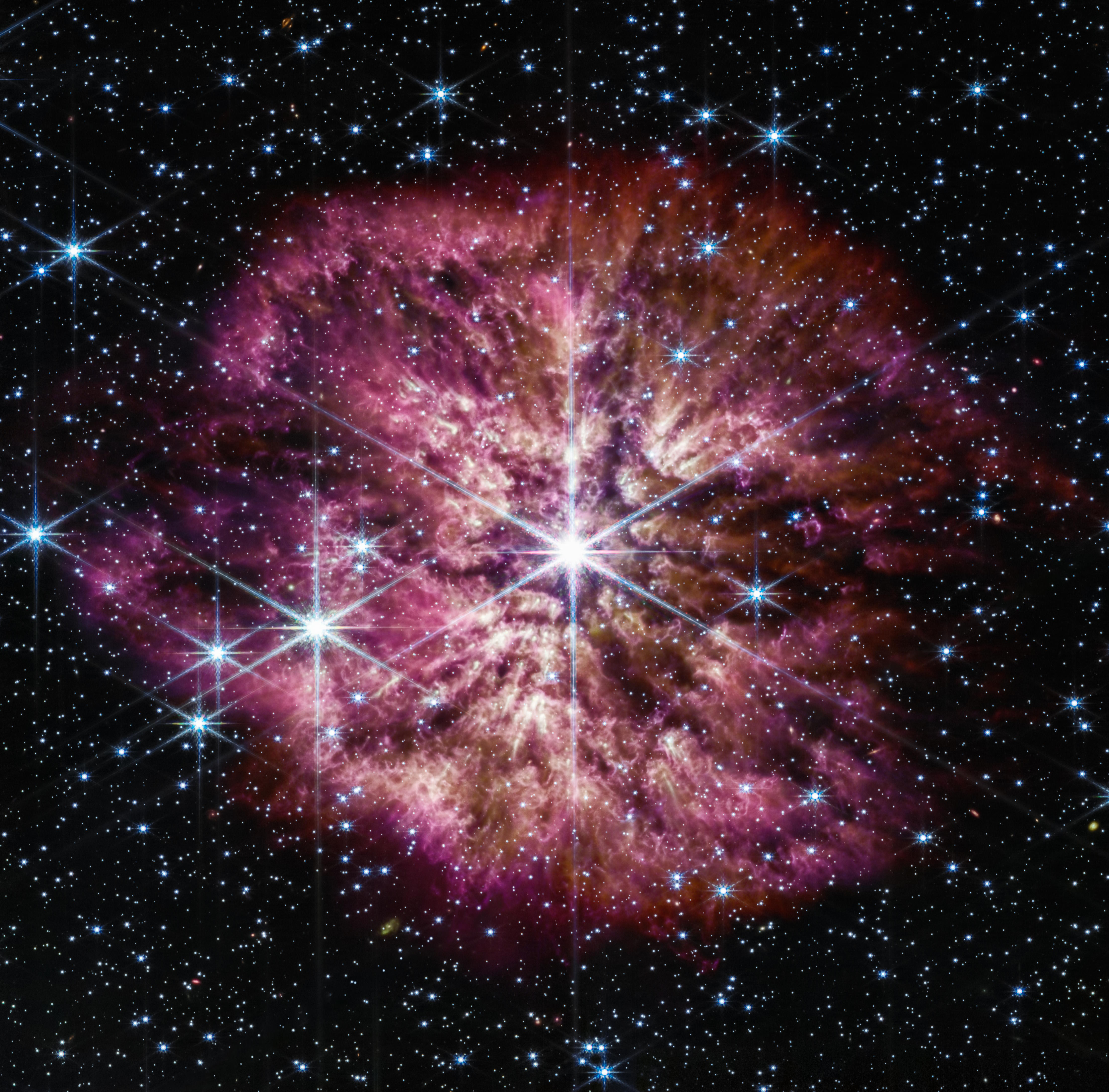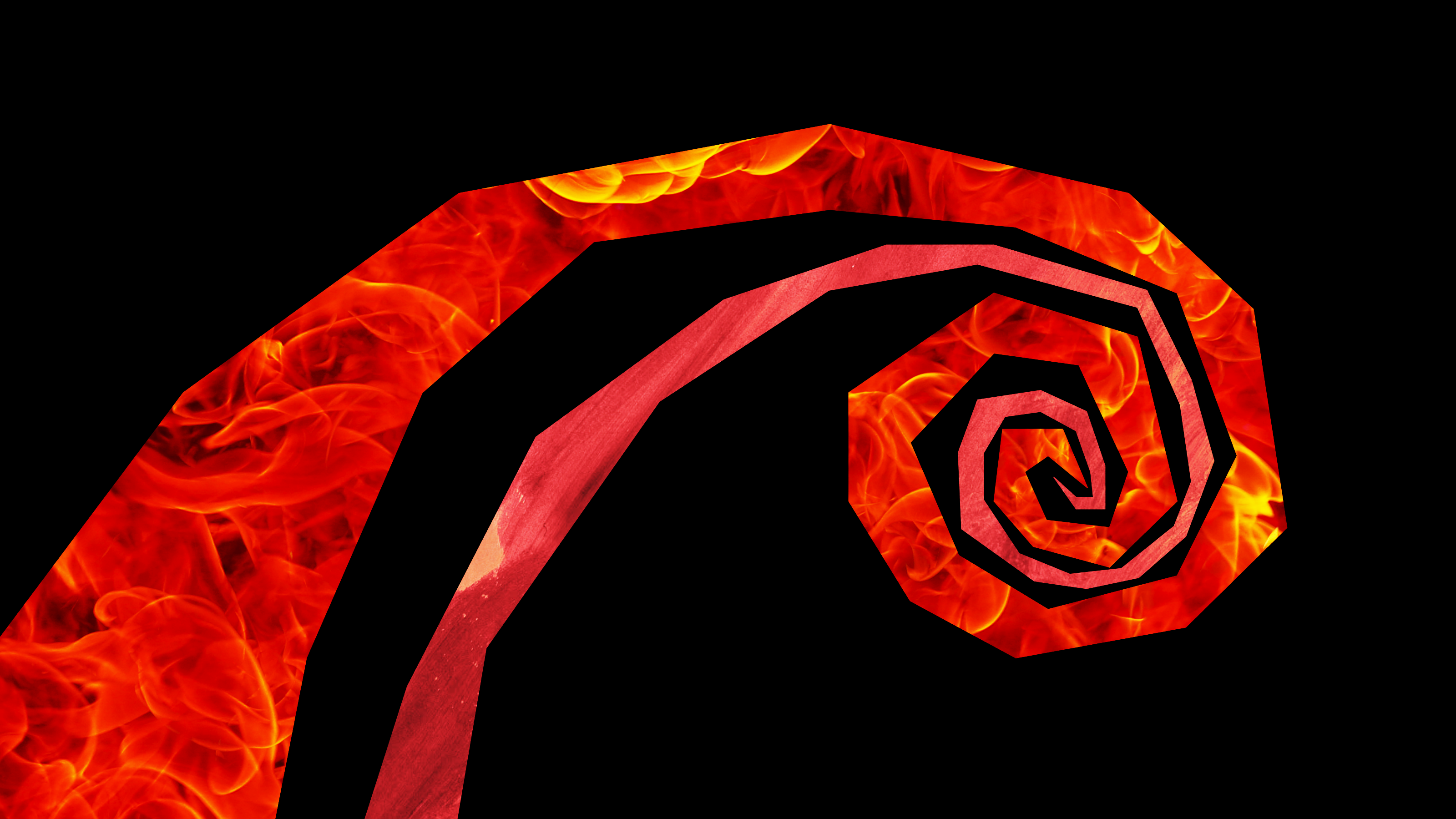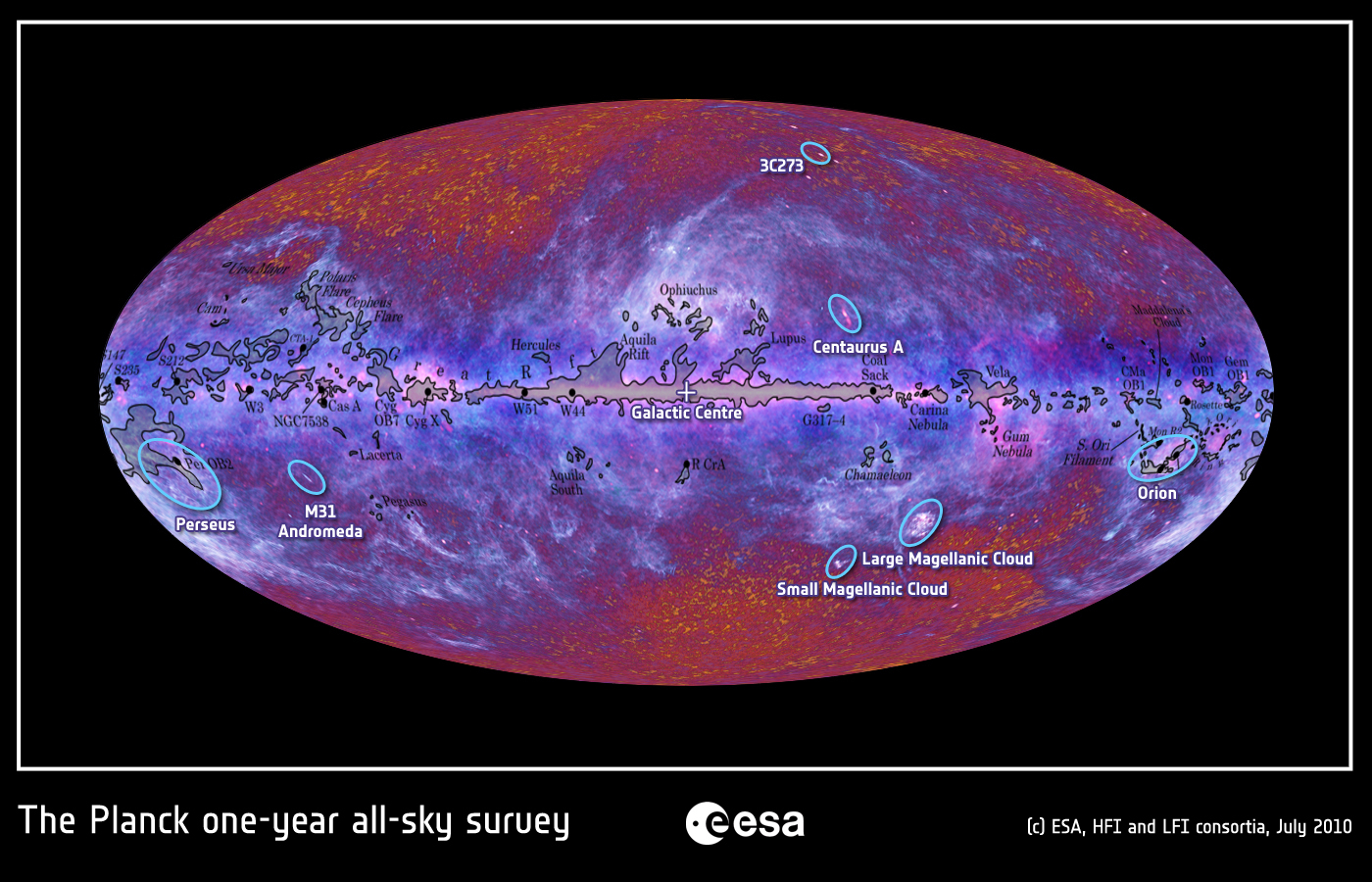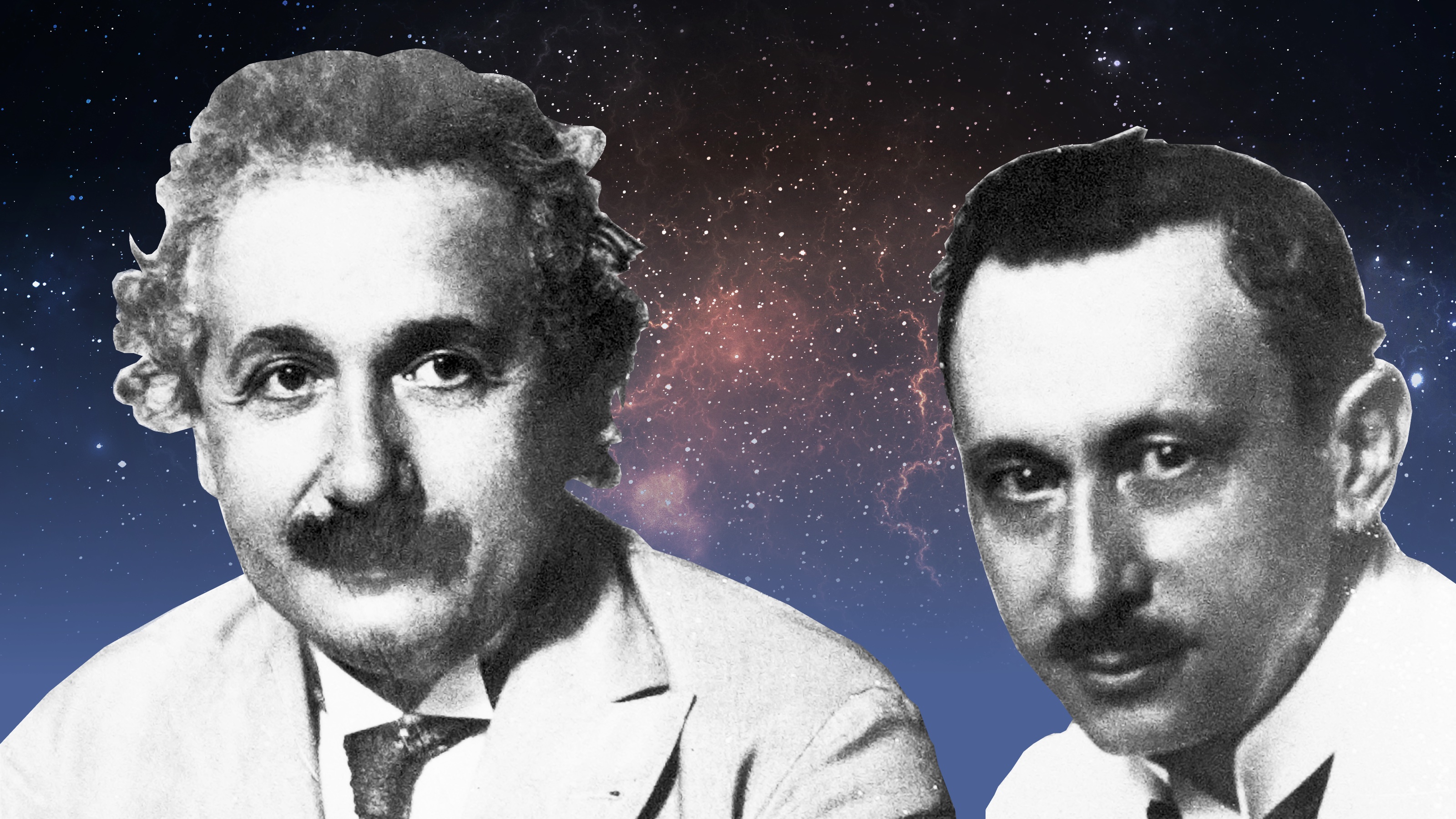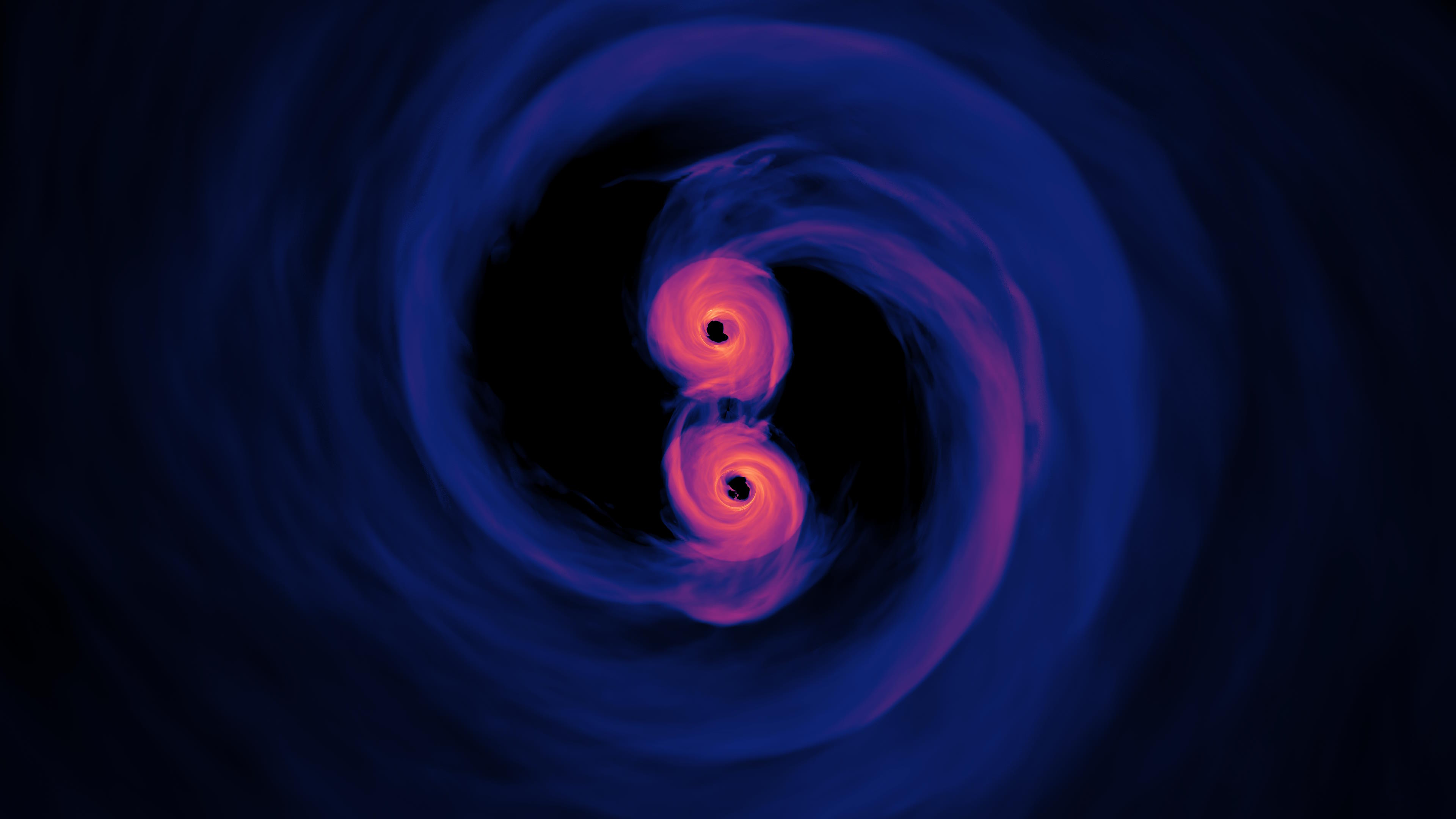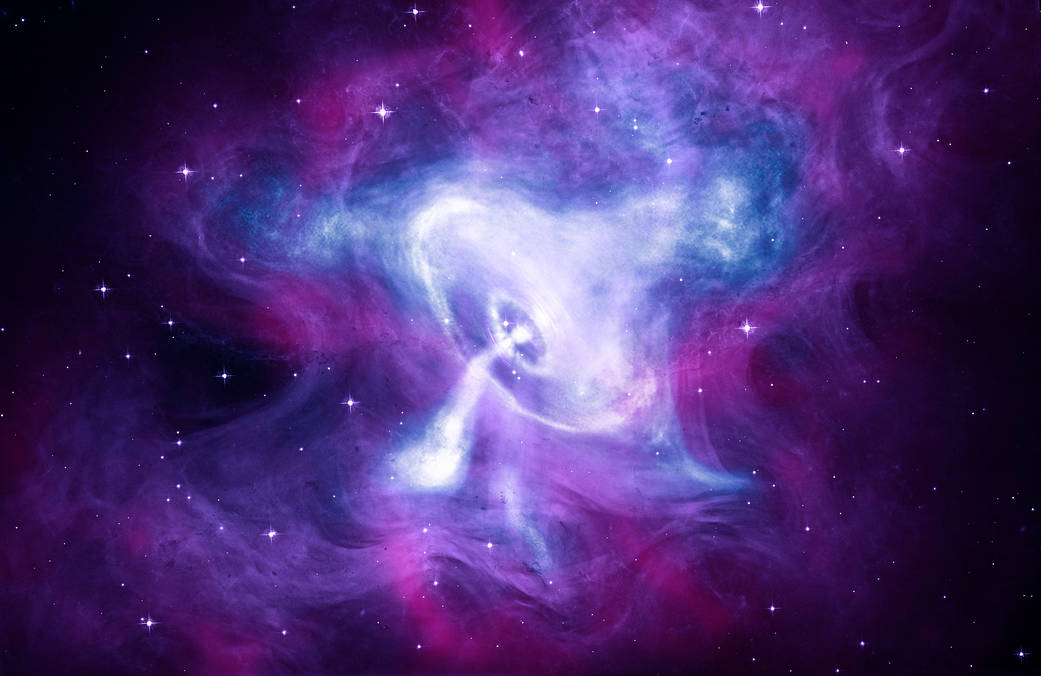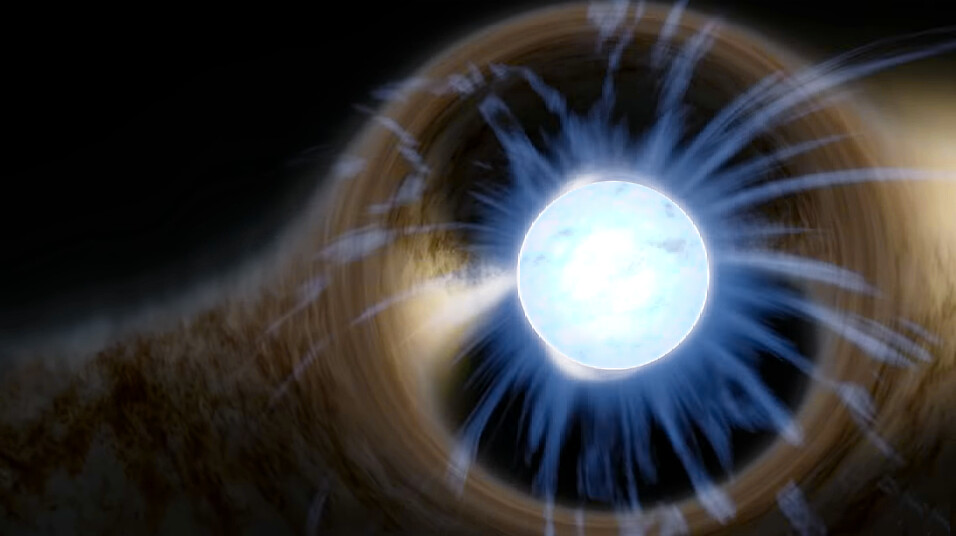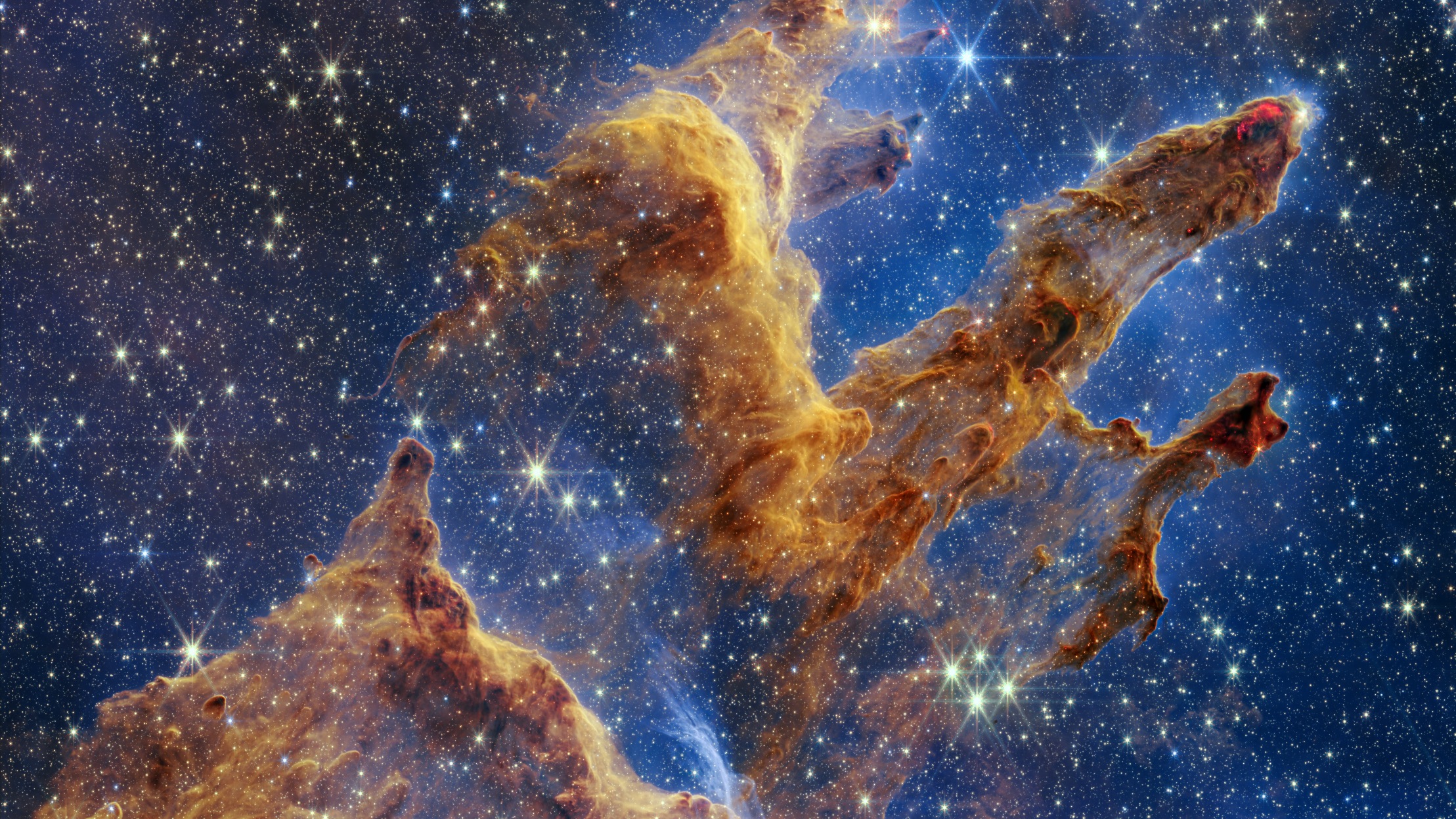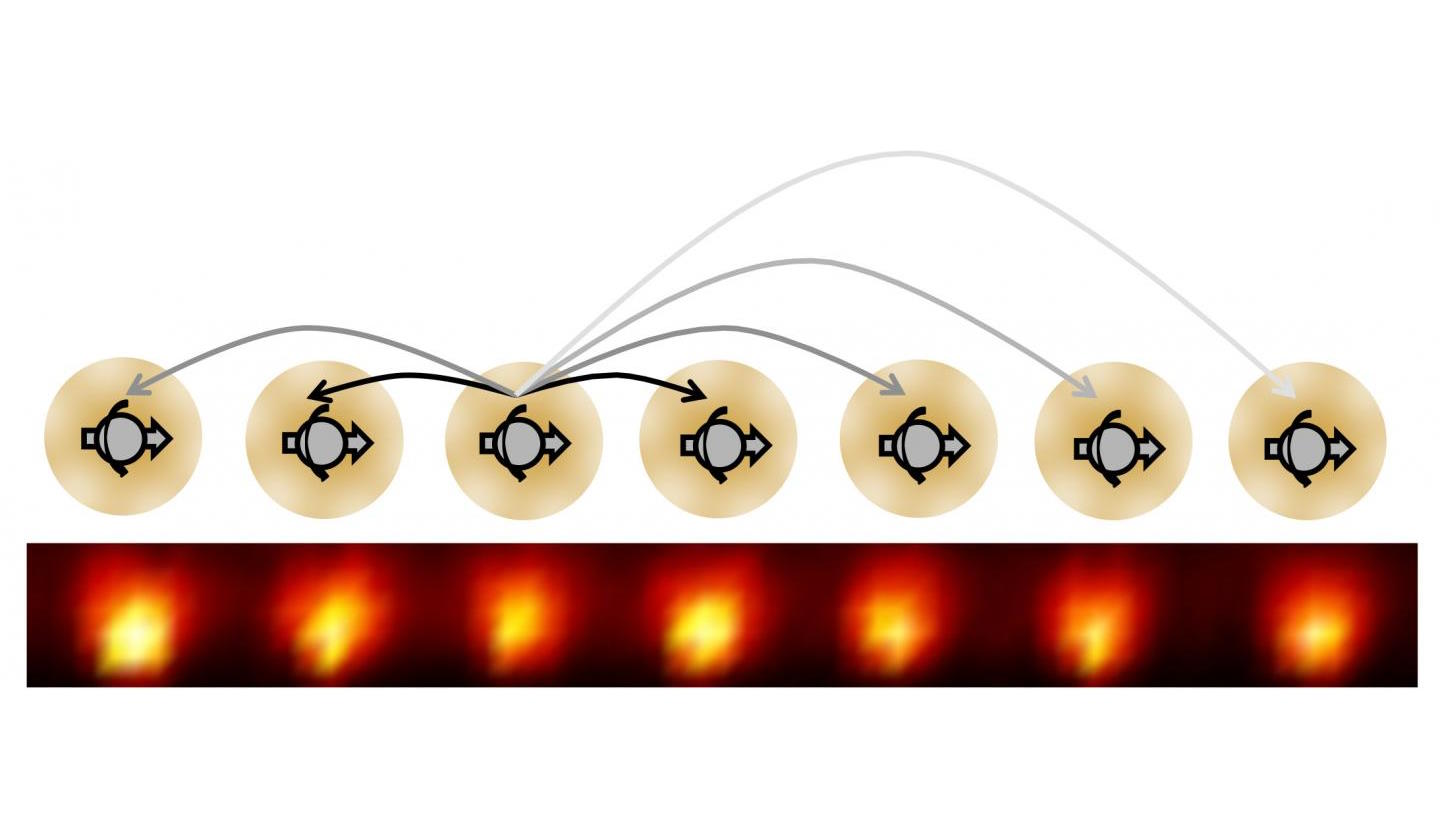Space & Astrophysics
Leading a scientific revolution is easy: you just have to succeed where the current theory fails while equaling its successes. Good luck!
Most of us only ever see a fraction of a full rainbow: an arc. But optically, a full rainbow makes a complete circle. Physics explains why.
The next solar eclipse to occur over heavily populated areas is on April 8, 2024. For a spectacular show; here’s where the best views are!
Finding this missing piece of water’s path through the universe offers clues to how it came to be on Earth.
Our huge, expanding Universe may truly be infinite. But if the set of possible quantum outcomes is also infinite, which “infinity” wins?
The multiverse is an idea that has gained a lot of traction in popular culture. But what does science have to say about it?
With a finite 13.8 billion years having passed since the Big Bang, there’s an edge to what we can see: the cosmic horizon. What’s it like?
If the evolution of the Universe is a movie, what happens when we rewind it all the way backward?
Gamma-ray bursts are among the most energetic cosmic events of all. On October 9, 2022, a remarkable one occurred: the brightest ever seen.
Time gets a little strange as you approach the speed of light.
That scary swirling void from which nothing can escape is our perfect universal translation tool.
Many galaxies really are ultra-distant, but some are just intrinsically red or dusty. Only with spectroscopy can JWST tell which is which.
Explanations for the cosmic speed limit often conflate mass with inertia.
Mercury, Venus, and Mars are all uni-plate planets, and may always have been. Here’s what’s known about why Earth, uniquely, has plate tectonics.
We are about to learn a lot more about the most elusive of cosmic particles.
Lots of people have seen lots of bizarre events and phenomena that defy our conventional experience. But is there a scientific explanation?
Temperatures in the Sun’s core exceed 10 million degrees Celsius. But how on Earth did we actually come to know that?
What do we mean by a black hole’s size? A photon sphere? The minimal stable orbit? The event horizon? The singularity? Which one is right?
Speeding through the Universe and leaving a wake of new stars, this runaway supermassive black hole is likely the first among thousands.
This beautiful JWST image of Wolf-Rayet star WR 124 has been called a “prelude to a supernova” by NASA. That might be entirely wrong.
2023 is an exciting time for the study of quark-gluon plasmas.
Everything everywhere all at once.
The hot Big Bang is often touted as the beginning of the Universe. But there’s one piece of evidence we can’t ignore that shows otherwise.
How scientists found out that we live in a cosmic aquarium.
When supermassive black holes merge, they emit more energy than anything else to occur in our Universe except the Big Bang.
We can’t go back to the Big Bang, nor ahead to the heat death of the Universe. Nevertheless, here are today’s natural temperature extremes.
Somewhere out there in the Universe is the heaviest neutron star, and elsewhere lies the lightest black hole. Where’s the line between them?
Two very different ideas, wormholes and quantum entanglement, might be fundamentally related. What would “ER = EPR” mean for our Universe?
Even with quantum teleportation and the existence of entangled quantum states, faster-than-light communication still remains impossible.


